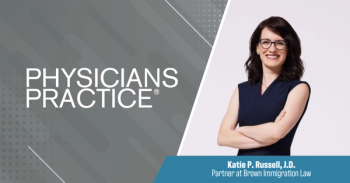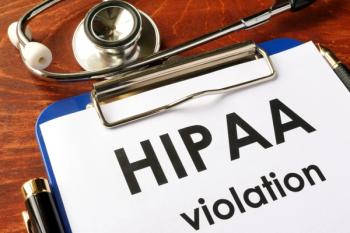
Cybersecurity is patient safety
In order to cultivate a culture of compliance organizations need to take a “patient safety first” approach to cybersecurity.
In November 2022, Senator Mark R. Warner released an important policy paper entitled,
In my experience handling these issues from different vantage pointsfor over a decade, persons either ignore the risks and costs of non-compliance with
In order to address some of the items in the Cybersecurity is Patient Safety, I suggest the following:
- Reading the
FBI and CISA releases in particular on certain cybercriminals overt statements about targeting hospitals and the healthcare system in order to put pressure on the hospitals to pay the ransom demand because of the threat of adverse patient outcomes, including a patient death; - Appreciating what has been in the HIPAA Security Rule since its effective date in 2005 – the fundamental purpose of the security rule is to protect
electronic protected health information by ensuring that the confidentiality, integrity, and availability of the data remain intact. Hence, privacy and security go hand in hand; - Understanding that there are already laws in place, including the Cybersecurity Act of 2015 and the subsequent efforts under §405(d) which leveraged a public-private partnership to provide resources that now available through
HHS andONC ; - Evaluating compliance with recognized security practices (i.e., NIST standards, §405(d) guidelines and best practices, and HIPAA Security Rule) as expressed in
HR 7898 (Pub. L. 116-321 (Jan. 5, 2021)), which are factors the government will consider when assessing fines and conducting an investigation; and - Ensuring that False Claims Act liability is mitigated using the new
Anti-Kickback Statute’s safe harbors and Stark Law exceptions, most of which became effective on January 19, 2021 . In particular, those that relate to cybersecurity.
Incentives or “carrots” are important. Equally as important is the appreciation that where there are incentives, there are also those who allegedly will exploit or attempt to exploit a government incentive program or government procurement contract. In other words, commit fraud by not following the laws. One example is the
In order to cultivate a culture of compliance organizations need to take a “patient safety first” approach, whether the person is a covered entity, business associate, or subcontractor because of the connectivity between these different entities. Coordination between government agencies ia always beneficial. I would argue that HIPAA is not outdated. To the contrary, it has continued to evolve since its inception. The question is whether persons utilize the resources and refer to the laws, which have been available for years.
Rachel V. Rose, JD, MBA, advises clients on compliance, transactions, government administrative actions, and litigation involving healthcare, cybersecurity, corporate and securities law, as well as False Claims Act and Dodd-Frank whistleblower cases. She also teaches bioethics at Baylor College of Medicine in Houston. Rachel can be reached through her website,
Newsletter
Optimize your practice with the Physicians Practice newsletter, offering management pearls, leadership tips, and business strategies tailored for practice administrators and physicians of any specialty.














